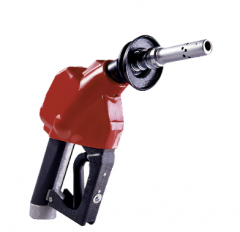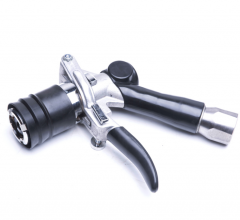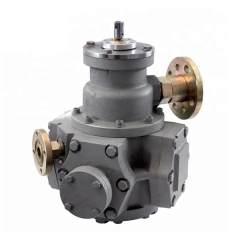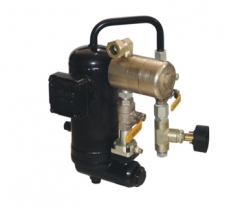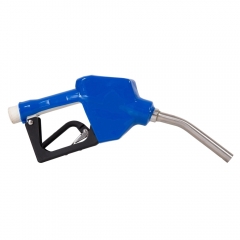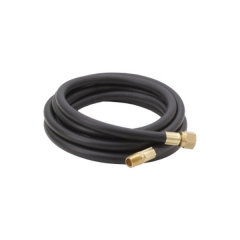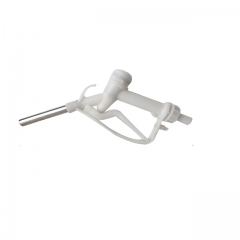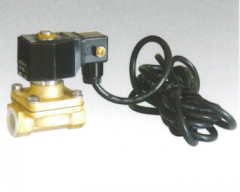- Description
Product Application
Safety valve for LP-gas piping, dispenser, LPG station.
when pressure increase beyond a predetermined point, the valve is designed to " pop" open to its full discharge capacity, reducing excess persevere quickly for protecting the dispenser, system.
This is a distinct advantage over ordinary valve which open gradually over their entire range, allowing excessive pressure to develop before the relief valve is fully open.
LPG safety valve for LPG dispenser. Rego type.
| Technical Specification | |
| Max.Working Pressure | 2.5Mpa |
| Safety using pressure | 1.8-2.5MPa |
| Thread | 1/4" ,1" 3/4" , 1/8" |
Specifications
Role: to prevent the operation error or slip car and other reasons, the oil gun is not separated from the vehicle in the case of vehicles away from the connection pipe caused by a large number of raw materials caused by leakage of safety accidents.
Working principle: Under normal operating conditions, the pull-off valve inlet and outlet for the connected state, when the external force exceeds the pull force, because the fixed sleeve is fixed by the wire rope on the device, when the tension after the fixed sleeve internal spring compression, The ball can enter the fixed sleeve to avoid the area, the male side and the female side is separated.
In the male end and the yin side of the built-in spool in the spring and the role of pressure quickly close the valve, so that the liquid left in the tubing.
product description
The AQF1 safety valve can be used in a variety of pressure vessels and pipes to provide safety protection in the system. When the system pressure exceeds the specified value, the safety valve is opened, and a part of the gas in the system is discharged into the atmosphere, so that the system pressure does not exceed the allowable value, thereby ensuring that the system does not cause an accident due to excessive pressure.
Second, technical parameters
Allowable working pressure: 2.5MPa
Safety relief value: 1.3~1.5MPa
Thread size: ZG1/4"
LPG superiority:
LPG vehicles are fueled by liquefied petroleum gas and are currently the most widely used in all alternative steam and diesel engines worldwide. Compared with traditional automotive fuels - gasoline, automotive fuel LPG has the following advantages:
1) The emission is significantly reduced.
2) Harmful emissions are less toxic than when burning gasoline. Here, it mainly refers to hydrocarbon (HC) emissions, and HC emissions when burning LPG do not contain harmful components such as aromatic hydrocarbons. LPG has a /carbon atomic ratio of 2.5 to 2.7, gasoline is about 2.25, and CO2 emissions when burning LPG are low. Considering the possibility of various compounds forming ozone, LPG emissions are definitely better than gasoline.
3) Since burning LPG does not form an oil film on the engine intake manifold or the inlet wall, it does not need to be cold enriched like gasoline, so it is discharged within 40s after starting in the test cycle and during warming up. Better than gasoline.

 USD
USD EUR
EUR GBP
GBP CAD
CAD AUD
AUD CHF
CHF HKD
HKD JPY
JPY RUB
RUB BRL
BRL CLP
CLP NOK
NOK DKK
DKK SEK
SEK KRW
KRW ILS
ILS MXN
MXN CNY
CNY SAR
SAR SGD
SGD NZD
NZD ARS
ARS INR
INR COP
COP AED
AED

